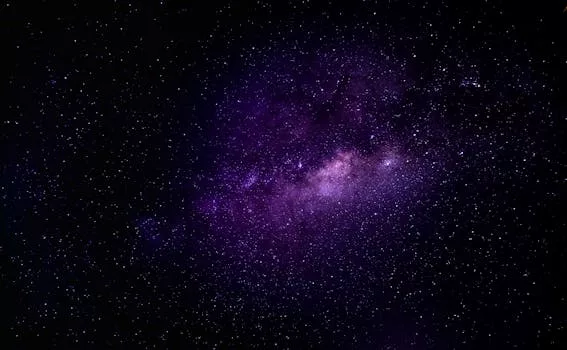
“
Introduction to Beyond the Milky Way: Imagining New Worlds and Possibilities
Imagining new worlds and possibilities Beyond the Milky Way is an exciting concept that has captivated human imagination for centuries. The idea of exploring the vast expanse of the cosmos and discovering new galaxies, stars, and planets is a tantalizing prospect that continues to inspire scientists, astronomers, and science fiction writers alike. In this article, we will delve into the mysteries of the universe, explore the latest discoveries in space exploration, and imagine the possibilities that lie Beyond the Milky Way. For more on the power of imagination in the cosmos, check out Soaring Through the Cosmos: The Power of Imagination Beyond the Stars.
Understanding the Milky Way Galaxy
The Milky Way is a barred spiral galaxy that is estimated to be around 100,000 light-years in diameter. It is home to hundreds of billions of stars, as well as various types of interstellar gas and dust. The Milky Way is just one of the billions of galaxies that exist in the observable universe, and it is thought to be a relatively typical galaxy in terms of its size and structure. To explore more about the imagination surrounding galaxies, read Galaxies of Dreams: How Imagination Transcends the Night Sky.
Exploring the Cosmos Beyond the Milky Way
As we venture beyond the Milky Way, we enter a vast expanse of space that is filled with galaxies, galaxy clusters, and superclusters. The cosmos is thought to be around 13.8 billion years old, and it has been expanding ever since the Big Bang. The universe is made up of around 70% dark energy, 25% dark matter, and 5% ordinary matter, with the remaining 0.5% consisting of antimatter and other exotic forms of matter.
Imagining New Worlds and Possibilities
As we explore the cosmos, we begin to imagine the possibilities that lie beyond our galaxy. We may encounter new forms of life, exotic forms of matter and energy, and unexplained phenomena that challenge our understanding of the universe. The discovery of exoplanets, which are planets that orbit stars other than the Sun, has opened up new possibilities for the search for life beyond Earth. With the help of advanced telescopes and space missions, we are now able to study these exoplanets in greater detail and search for signs of life. For further insights into creativity and exploration, check out Charting New Realms: The Journey of Imagination Beyond the Stars.
Takeaways:
- The universe is vast and complex, with billions of galaxies and trillions of stars.
- The Milky Way is just one of many galaxies in the observable universe.
- Exploring the cosmos beyond the Milky Way can help us better understand the universe and its many mysteries.
- Imagining new worlds and possibilities can inspire new discoveries and advancements in science and technology.
See more:
https://www.nasa.gov/
https://www.esa.int/
https://www.space.com/






